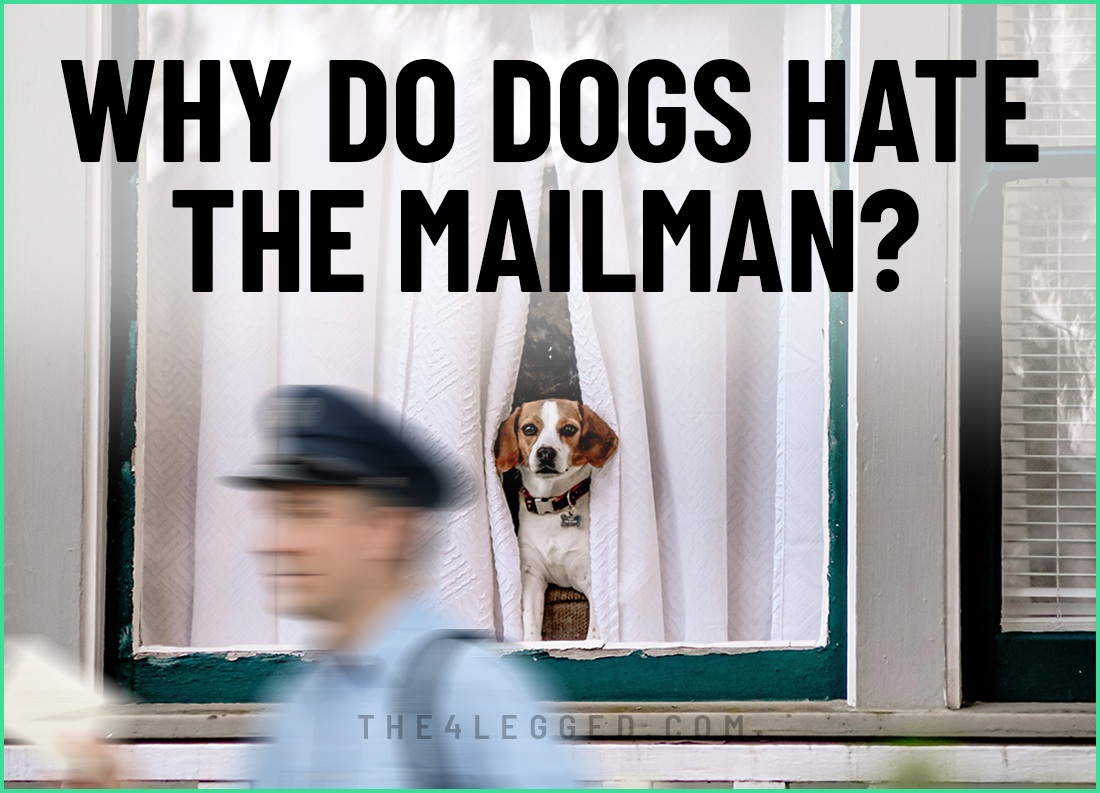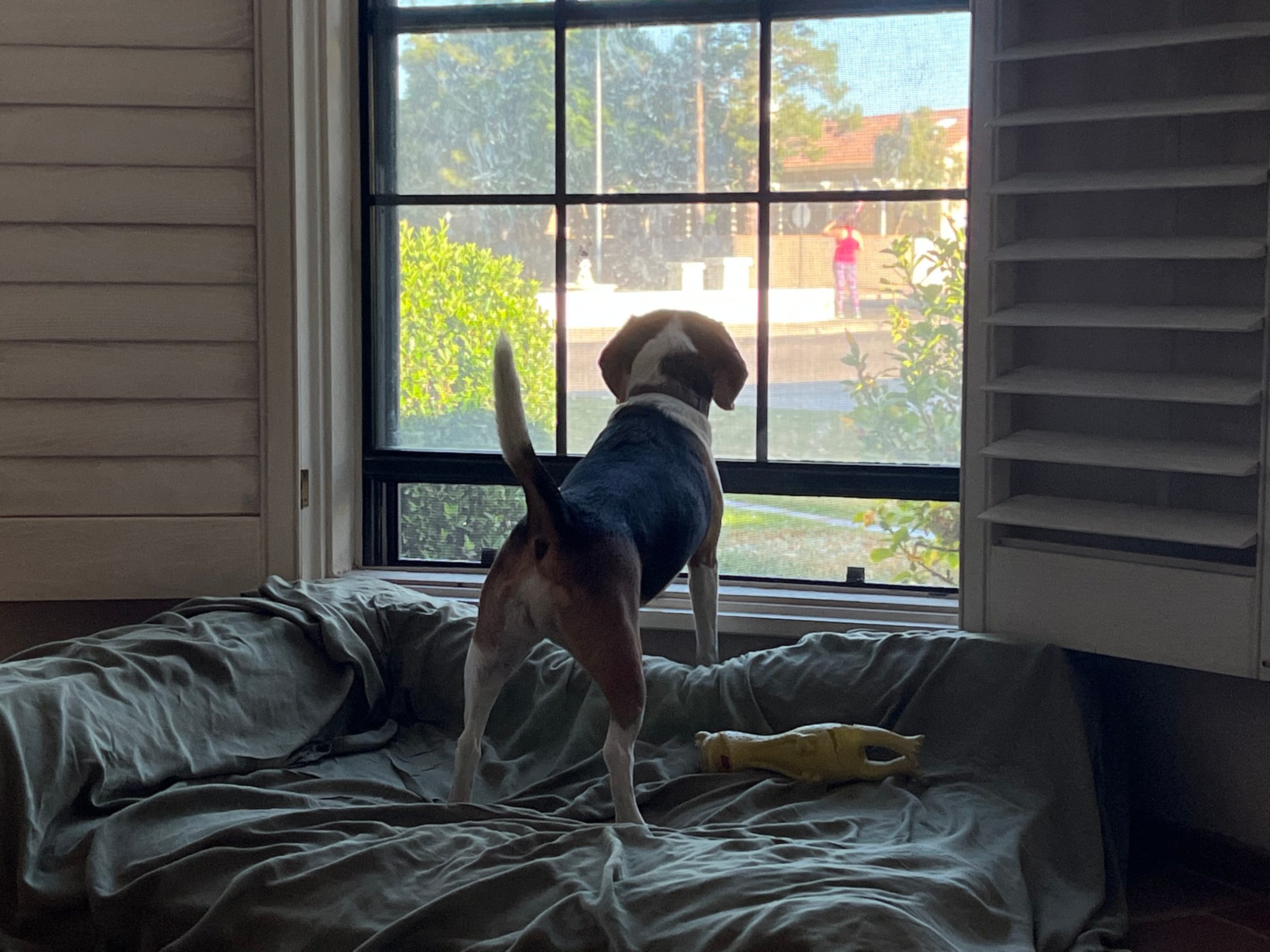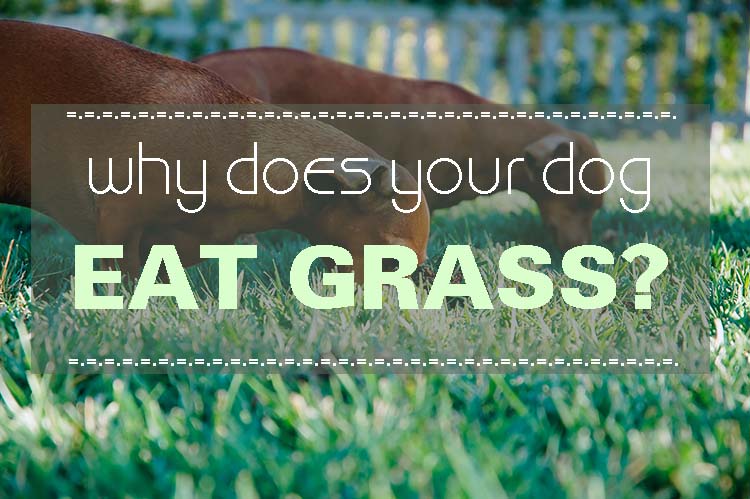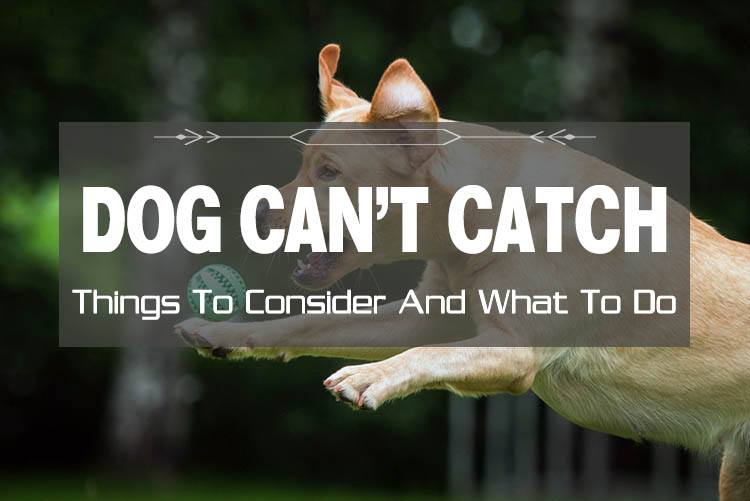Why do dogs hate the mailman? It’s a question many dog owners ask as their pets bark, growl, or even lunge at the door during daily mail deliveries. This behavior often stems from a mix of territorial instincts, fear, and repeated reinforcement—where dogs believe their barking is what drives the “intruder” away. In this article, we’ll break down the most common reasons behind this reaction and explore practical ways to reduce your dog’s stress and aggression toward mail carriers.
Key Takeaways
- Dogs bark at mail carriers primarily due to their territorial instincts, seeing them as intruders in their space.
- Repetition and reinforcement of barking behavior lead to habitual reactions, as dogs believe they successfully warded off the ‘threat’.
- Positive interactions, desensitization training, and creating a calm environment can help reduce dogs’ anxiety and aggression towards mail carriers.
Territorial Instincts in Dogs
Dogs are generally naturally territorial animals. This trait has been hardwired into them over thousands of years of evolution, primarily as a means of protecting their home and family from perceived threats in their life. When a dog sees a stranger approaching their house—like a mail carrier or pet—they instinctively perceive it as an intrusion into their territory.
One of the most common responses dogs have to perceived intruders is barking. Many dogs have barked and even attempted to bite mail carriers as part of their protective instincts. When a dog barks at the mailman and the mailman leaves, the dog feels like it has successfully defended its territory. This cycle of barking and perceived success reinforces the behavior, making it more likely to occur in the future. It’s no wonder then that many dogs bark tirelessly whenever the mail carrier arrives.
These territorial instincts can manifest in various ways, from barking and growling to more aggressive behaviors like jumping at the door or window, and even scratching at surfaces. The dog’s ears may be pinned back, and its head lowered, ready to chase away the ‘intruder’. Dogs are often seen chasing mail carriers out of the yard as a natural extension of their job to protect their pack. This territorial behavior is not limited to large breeds; even a small chihuahua can exhibit fierce territorial instincts.
In essence, the instinct to protect their home is deeply rooted in a dog’s nature. This behavior can be understood as part of their evolutionary heritage, where dogs see their family and territory as their pack, and their job is to defend it—often by barking, chasing, or even biting perceived intruders in the yard. Understanding this can help dog owners manage their pets more effectively when the mailman approaches.
The Role of Repetition and Reinforcement
Dogs learn behaviors through the outcomes of their actions, a concept rooted in operant conditioning. For instance, when a dog barks at the mailman and the mailman eventually leaves, the dog believes its actions were successful in removing the threat. This repeated sequence reinforces the dog’s behavior, making it a recurring episode every time the mail carrier arrives.
The concept of reinforcement is crucial here. Dogs are likely to repeat behaviors that yield a positive outcome for them, in this case, the perceived removal of the intruder. Over time, this repeated behavior becomes ingrained, making it a habitual response every time the mail carrier is seen approaching the house with the idea to rest.
This learned behavior shows how a dog’s instincts are shaped by experiences. Owners can implement training techniques to break this course, ensuring a more peaceful interaction between their dog and the mail carrier.
Lack of Social Interaction with Mail Carriers
Mail carriers typically do not engage with dogs during their route, resulting in a lack of social interaction between the two. The mailman’s visits are regular but brief and impersonal, which can cause anxiety and confusion in dogs. This lack of social engagement means dogs never get the chance to form a positive association with the letter carrier.
Dogs are able to distinguish between friends, who are welcomed into the home, and a letter carrier, who is seen as an unfamiliar intruder. For most people, the mail carrier is just a guy friend face delivering mail, but to a dog, this person is a stranger who appears out of nowhere and leaves just as quickly, without any interaction. This can be particularly troubling for dogs that are not well-socialized and are wary of strangers, especially when the postal service is involved. The postman is often the one delivering mail, and postal workers are part of this daily routine.
The sudden arrival and departure of the mail truck can add to the trouble and confusion, making it a bit difficult for dogs to jump and understand or predict the mail carrier’s log actions during their attempt to point out the alert word changes and drop changes.
Fear-Based Aggression in Dogs
Fear-based aggression is another significant factor that can explain why dogs bark at mail carriers. When a dog perceives a mail carrier as invading their space, it can trigger an aggressive response driven by fear. This type of aggression can be identified through specific body language cues such as pinned ears, lip licking, and vocalizations like whining or barking.
Triggers for fear-based aggression can vary but often include situations where a dog feels cornered or threatened, such as being approached while resting or having unfamiliar people reach for them. Many dogs lack regular social interaction with mail carriers, which only heightens their scared anxiety and apprehension toward these unfamiliar individuals, potentially leading to an attack. Dogs who are not properly trained to handle new experiences may be more prone to fear-based aggression.
Past negative experiences with strangers or loud noises can also contribute to a dog’s fearful reaction towards mail carriers. Without regular, positive interactions, dogs may continue to see mail carriers as a threat, leading to aggressive behaviors like barking, growling, or even snapping. As a result of such aggressive incidents, mail carriers can become ill or injured from dog bites.&amp;amp;amp;amp;amp;amp;amp;amp;amp;amp;amp;amp;amp;amp;amp;amp;amp;amp;amp;amp;amp;lt;/p></p>
<p>Recognizing fear-based triggers is key to helping dogs overcome aggression. Identifying the signs and causes of fear-based aggression allows dog owners to create a more reassuring environment for their pets and reduce the likelihood of dog attacks.
Strategies to Alleviate Anxiety in Dogs
One effective way to help dogs cope with the anxiety caused by mail carriers is to provide them with calming tools such as ThunderShirts or Comfort Zone pheromone products. These products can create a soothing environment for anxious dogs, helping them feel more secure when the mailman arrives.
Establishing a low-key routine before leaving the house can also help. When dogs associate their owner’s departure with calmness, it can reduce anxiety triggers. Additionally, playing soothing music or leaving a TV on can distract and comfort dogs during times of anxiety, such as when the mail carrier is delivering mail.
Limiting a dog’s access to windows can prevent them from seeing potential triggers like the mailman, thereby lowering their stress levels. For example, drawing curtains or using window film to obscure the view can make a significant difference.</p>
<p>For the safety of both dogs a
<p>nd mail carri</p>
ers, it is the owner’s responsibility to ensure their dog does not pose a risk to any employee delivering mail. Dog owners should secure their pets in a separate room when the mail carrier arrives to carry out their duties. This simple step can prevent dog attacks and create a safer environment for everyone involved.
Training Techniques to Reduce Aggression
Desensitization and counter-conditioning are effective methods to reduce aggression in dogs. Desensitization involves gradually exposing dogs to the stimuli that trigger their aggressive responses in a controlled manner. For example, allowing the dog to see the mailman from a distance and gradually decreasing the distance over time can help the dog become accustomed to the mail carrier’s presence. Owners and trainers should never assume a dog will remain calm around the mail carrier, especially when the uniform is a known trigger for some dogs.
Counter-conditioning changes a dog’s emotional response to a stimulus by pairing the trigger with something enjoyable, such as treats. When a dog receives treats every time they see the mail carrier
, they begin to associate the mail carrier with posit
ive experiences.
Proper socialization is also important. Positive interactions with various people, animals, and environments can reduce fear and aggression. Regular obedience training provides structure and increases confidence in dogs, helping to mitigate aggressive tendencies. It is essential to socialize dogs effectively.
The Importance of Positive Reinforcement
Positive reinforcement is a powerful training tool. It involves adding a desirable stimulus after a behavior to strengthen that behavior. For example, rewarding a dog with treats or playtime when they exhibit desired behaviors can effectively reinforce those behaviors.
When training to reduce aggression, focusing on positive reinforcement rather than punishment is essential. Punishing unwanted behaviors can increase fear and anxiety, while rewarding desired behaviors helps build a dog’s confidence and trust.
The effectiveness of positive reinforcement depends on the dog’s perception of what they find rewarding. Understanding what motivates your dog can help design a training program that encourages desired behaviors and reduces aggression.
Creating a Safe Environment for Mail Carriers
Creating a safe environment for mail carriers is the responsibility of dog owners. Ensuring dogs are on a leash and away from the delivery area can prevent potential dog attacks. Even properties with electronic fencing can pose risks, so dogs should be restrained or contained during deliveries. Owners may be held financially responsible or given credit for damages, such as medical bills, if their dog injures a mail carrier.
Mail carriers often deliver packages as well as letters, which increases the frequency of interactions with dogs. Carriers should be informed not to hand mail directly to children or family members, as this could provoke a dog’s protective instincts. Using features like Informed Delivery can help dog owners know when their mail carrier is on the way, allowing them to secure their dogs appropriately.</p>
Signing up for Informed Delivery gives dog owners advanced notice of parcel and package deliveries, allowing them to secure their pets and ensure a safer environment for mail carriers. The USPS has implemented safety campaigns to protect their employees from dog attacks and promote responsible pet ownership. If a carrier feels unsafe due to an unrestrained dog, mail delivery can be interrupted, necessitating that all mail be picked up at the local post office.
Summary
Understanding why dogs hate the mailman involves recognizing their territorial instincts, the role of repetition and reinforcement, and the lack of social interaction with mail carriers. Fear-based aggression can also play a significant role. By employing strategies to alleviate anxiety and using effective training techniques, dog owners can reduce their pets’ aggressive behaviors.
The relationship between a dog and a postal worker is often a unique story of routine, instinct, and sometimes friendship, capturing the emotional connection that can develop during daily mail delivery. C
reating a safe environment for mail carriers is crucial, and positive reinforcement can help build a dog’s confidence and trust. By taking these steps, we can ensure a more harmonious relationship between our dogs and those who deliver our mail.
If you’re interested in what drives other quirky canine behaviors, our collection of dog behavior insights offers a closer look at the instincts behind the barking, chasing, and more.
Frequently Asked Questions
Why do dogs bark at the mailman?
Dogs bark at the mailman because they see him as an intruder and feel the need to protect their territory. This instinctual behavior is rooted in their desire to keep their home safe.
How can I help my dog become less anxious around mail carriers?
To help your dog feel less anxious around mail carriers, try using calming tools and create a low-key routine before you leave the house. Keeping windows covered can also reduce their stress by limiting their view.
What training techniques can reduce my dog’s aggression towards mail carriers?
Training techniques like desensitization, counter-conditioning, and proper socialization can really help your dog become more comfortable around mail carriers. By gradually exposing your dog and rewarding positive behavior, you’ll see a big change!
Why is positive reinforcement important in training dogs?
Positive reinforcement is crucial in dog training because it encourages good behavior through rewards, which boosts your dog’s confidence and trust, making training a positive experience for both of you.
How can I ensure the safety of mail carriers when my dog is around?
To keep mail carriers safe when your dog is around, make sure your dog is leashed or securely confined during deliveries. Using services like Informed Delivery can also help you be proactive and aware.





